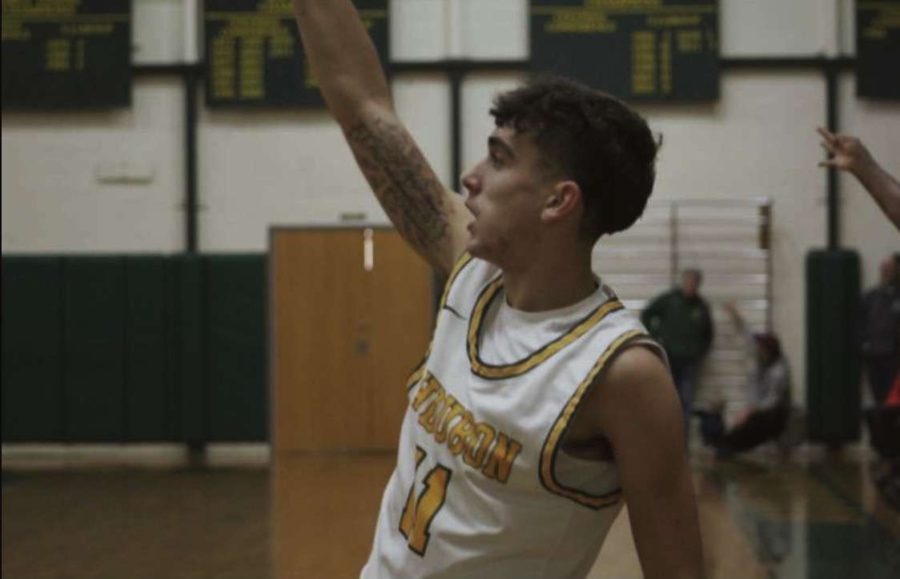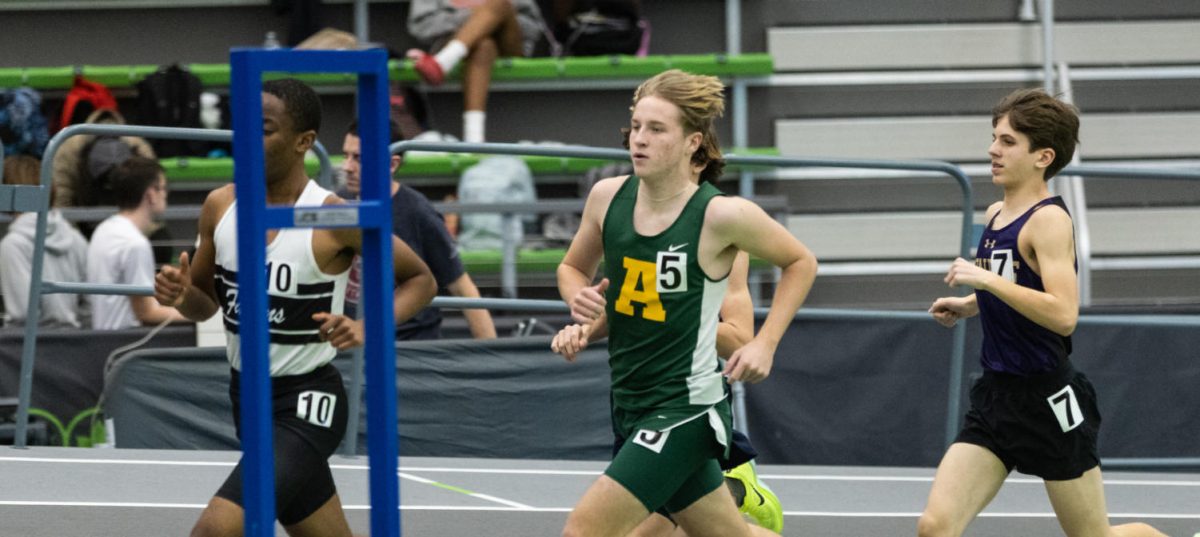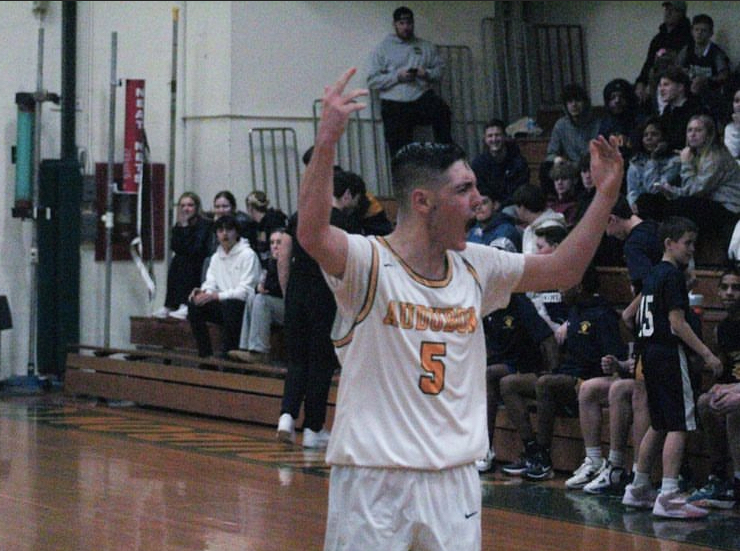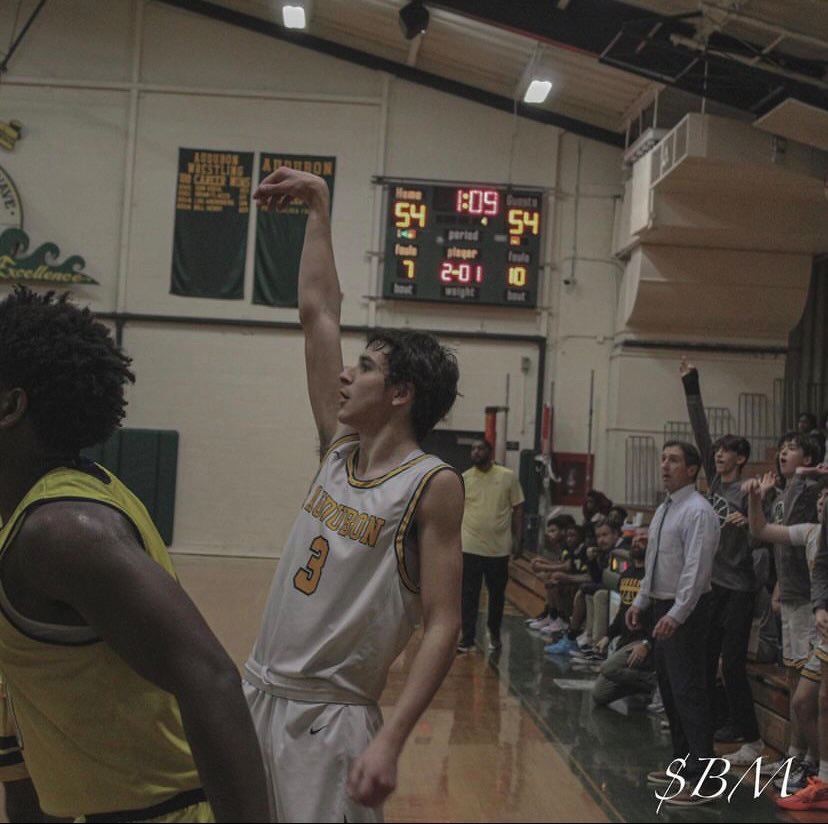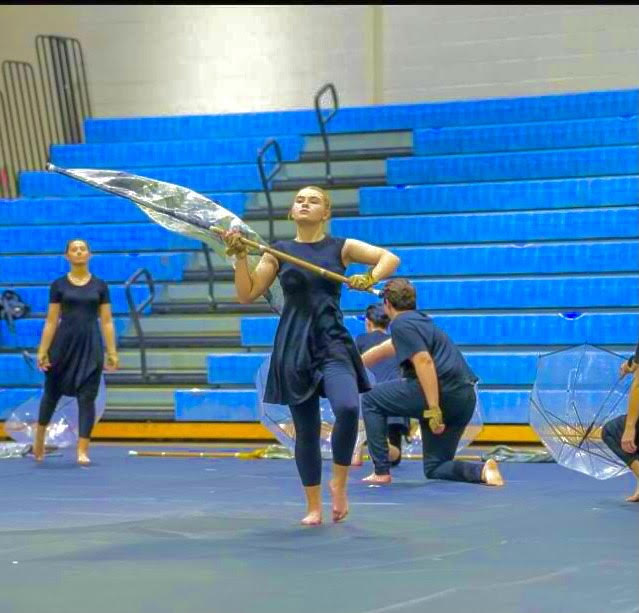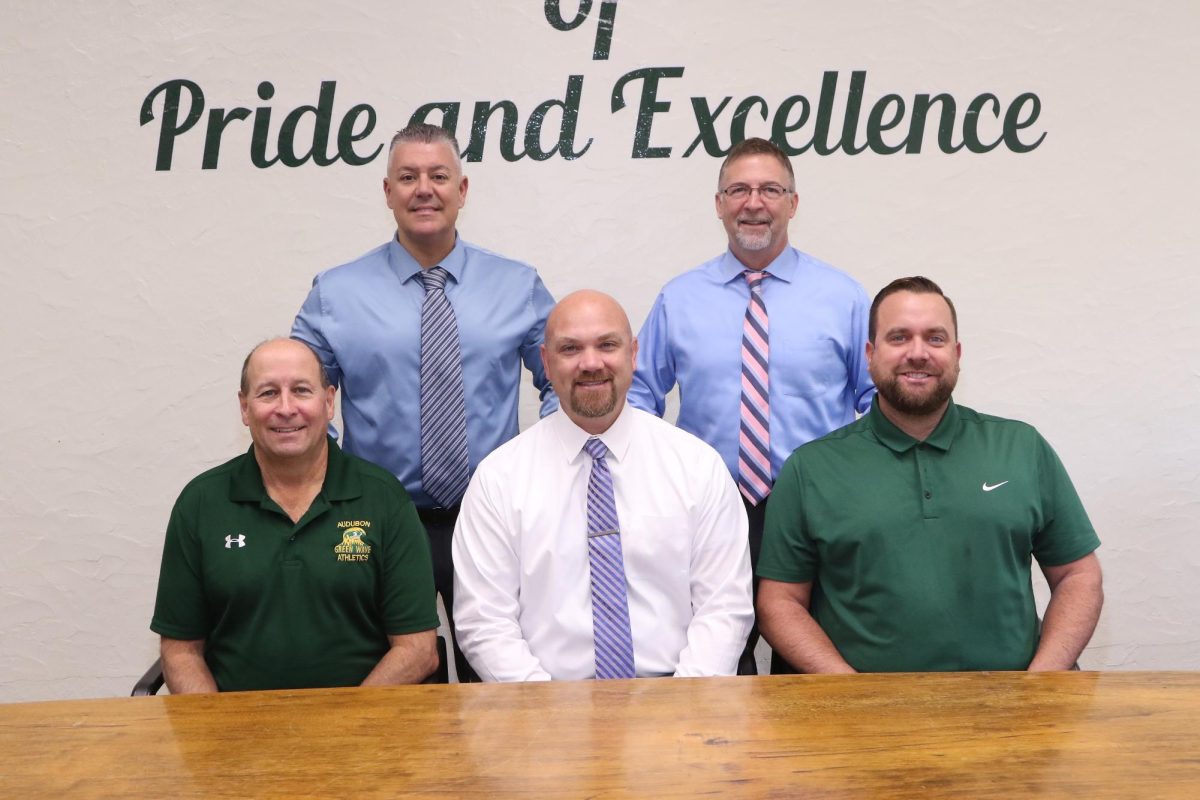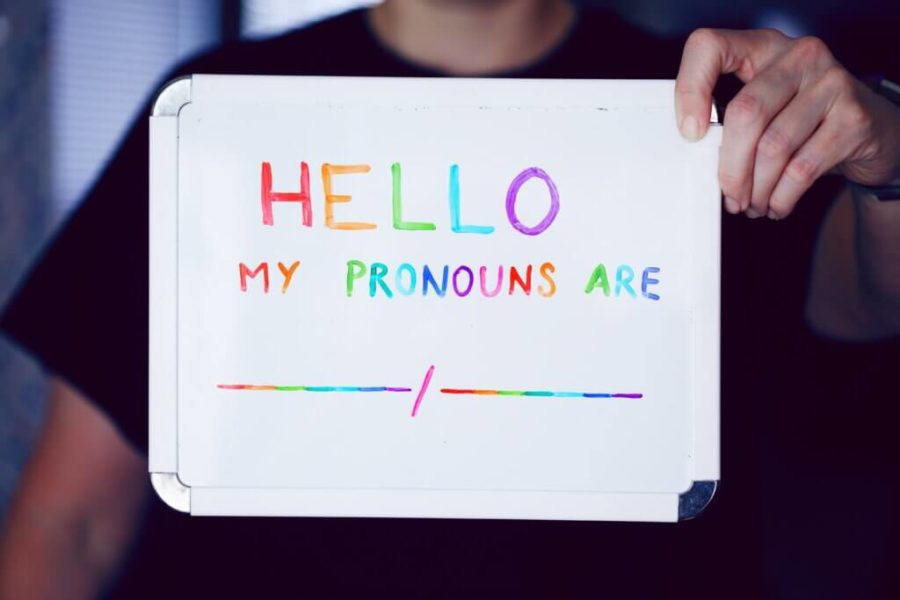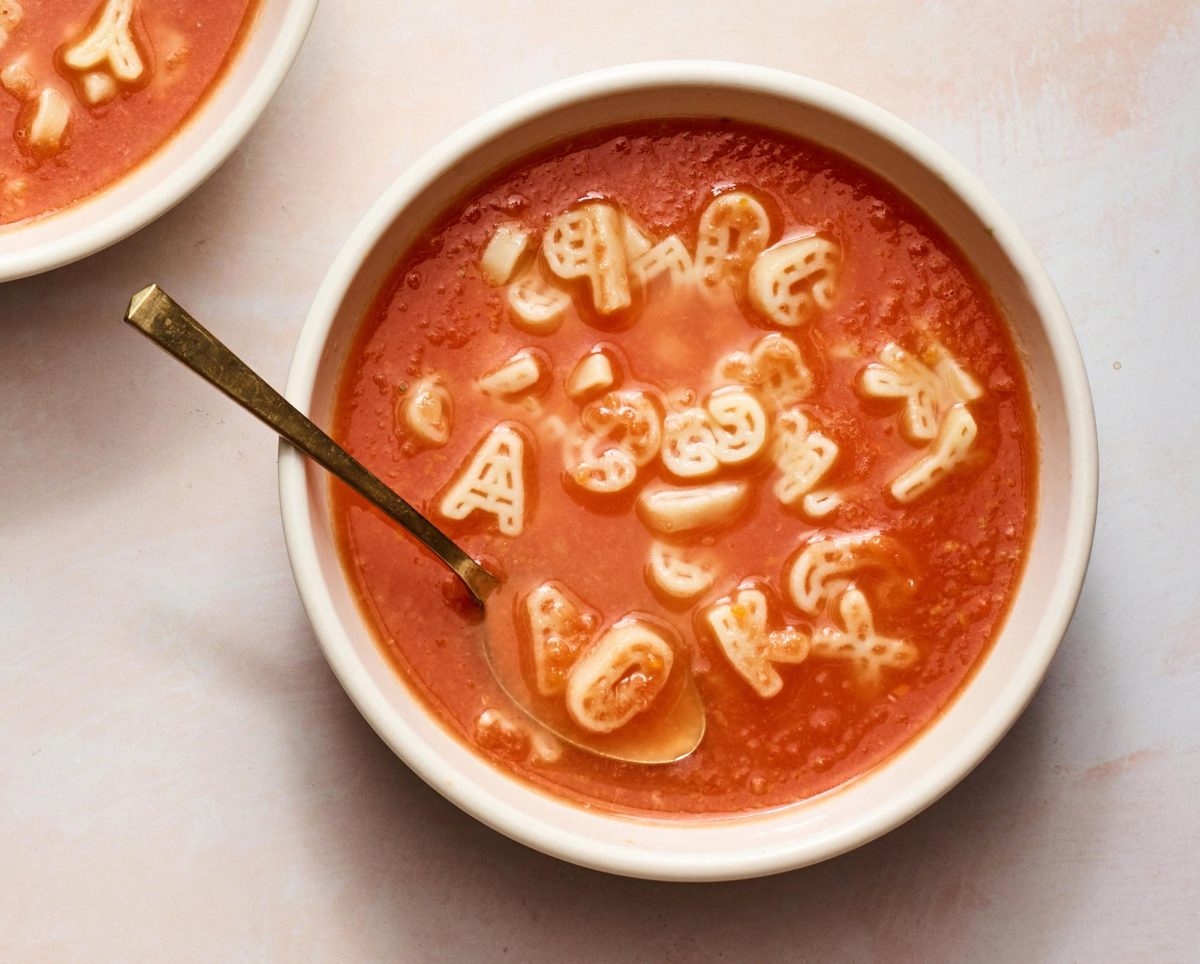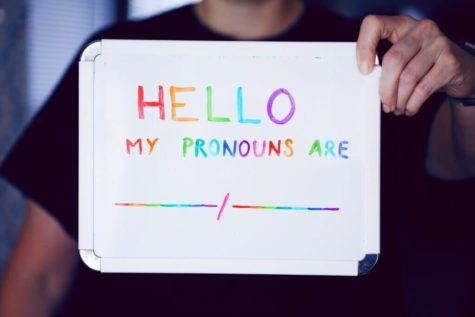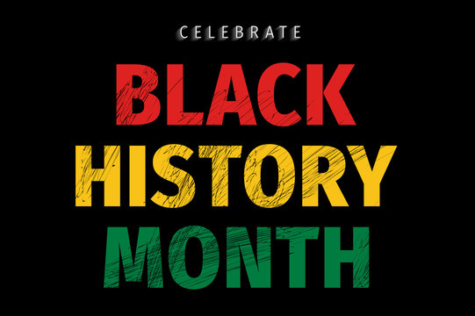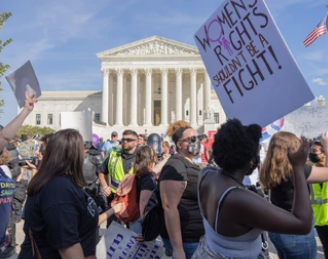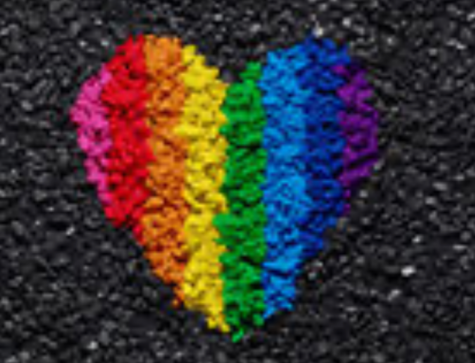Super Bowl Finally Sees Two Black Starting QB’s
A Little History Behind Why
February 27, 2023
For Philadelphia Eagles fans Super Bowl 57 was a bitter end to a hopeful season that resulted in a 14-3 record as well as the team’s second NFC Division Championship title in 5 seasons. The team also produced 8 Pro Bowl selections that include a seasoned offensive line in Jason Kelce, Lane Johnson, and Landon Dickerson as well as a star-studded trio of playmakers: Jalen Hurts, AJ Brown, and Miles Sanders. The defensive end was also stacked with top-notch players including 2 Pro Bowl picks Darius Slay and Haason Reddick not to mention James Bradberry, C.J. Gardner-Johnson, Jordan Davis, and Fletcher Cox to name a few. Kansas City was not bad off either, sending Super Bowl MVP quarterback Patrick Mahomes, star tight end Travis Kelce, and breakout defensive tackle Chris Jones to the Pro Bowl.
Along with the excitement of the game, a precedent was also set by Jalen Hurts and Pat Mahomes as the first time two black QBs started in a Super Bowl. This may come as a shock to most since NFL’s player makeup is nearly 70% black. So why is it now we’re just seeing two black quarterbacks go head to head in the largest sporting event in America?
The first ever NFL game was played on October 3, 1920, in the middle of the Jim Crow era. Willie Thrower was the first ever black quarterback to play in the league but unfortunately was not a consistent starter. The league would not become fully integrated until 1946, more than 20 years before the first black starting quarterback, Marlin Briscoe, signed his contract. Doug Williams, the first black QB to ever start and win a super bowl was drafted 10 years later.
Even then, the quarterback position did not serve the same purpose as it does in today’s game and was looked at as a white man’s place on the field. Historically, black players were looked at as not having the leadership qualities or mental capacity needed to play quarterback. They were observed as more athletic and placed in positions where they would have to utilize more speed and strength. This is in part due to the differences in physical makeup between black and white men.
Now the game is faster and the players are stronger which some accredit to the fusion of minorities into the league. Out of the 83 quarterbacks who took the field this season, 58 of them, or 70% were white. Every year since 1999, about 12 black quarterbacks have started in at least 1 regular season game. Symbiotically, this has increased the amount of Super Bowl appearances we see by black quarterbacks.
It’s clear to see what putting trust in a black quarterback has done for the game of football. With players like Jalen Hurts, Patrick Mahomes, Russell Wilson, and Lamar Jackson, the role of the quarterback position is being reevaluated. QB’s Donovan McNabb, Michael Vick, Randall Cunningham, Steve McNair, and Robert Griffin III are considered by many as some of the greatest of all time. With this new wave of black talent entering the league like Alabama senior quarterback Bryce Young who is the projected #1 overall pick and Ohio State QB CJ Stroud who is projected #2 for the 2023 NFL draft the trend doesn’t seem like it will be stopping anytime soon. From the last 10 drafts alone, 11 of 32 quarterbacks picked in the 1st round were black (34.4%).
Hall of Fame Houston Oilers quarterback Warren Moon said, “We’ve reached a point with the masses where race isn’t as big an issue, but there are people who are very uncomfortable with the fact that their quarterback is African American and making all this money and being endorsed the way they’re being endorsed…when you start the season off with 10 African Americans starting at quarterback on the first day of the season, and probably five of those 10 are the top quarterbacks in the league right now, that shows that we’ve made a ton of progress at that position.”
With all that said, there has been tremendous racial progress made in the NFL not only for the quarterback position but all over the field. Currently, there are 3 black head coaches in the league as well as 36 out of 121 black officials. Sideline officials and team staff and management positions have also become increasingly racially accessible. As the game advances, so will efforts to diversify the occupants of positions off and on the field. Hopefully next season we will see more black quarterbacks changing the game and dominating the field like they did this Super Bowl. And yeah…Go Birds!








